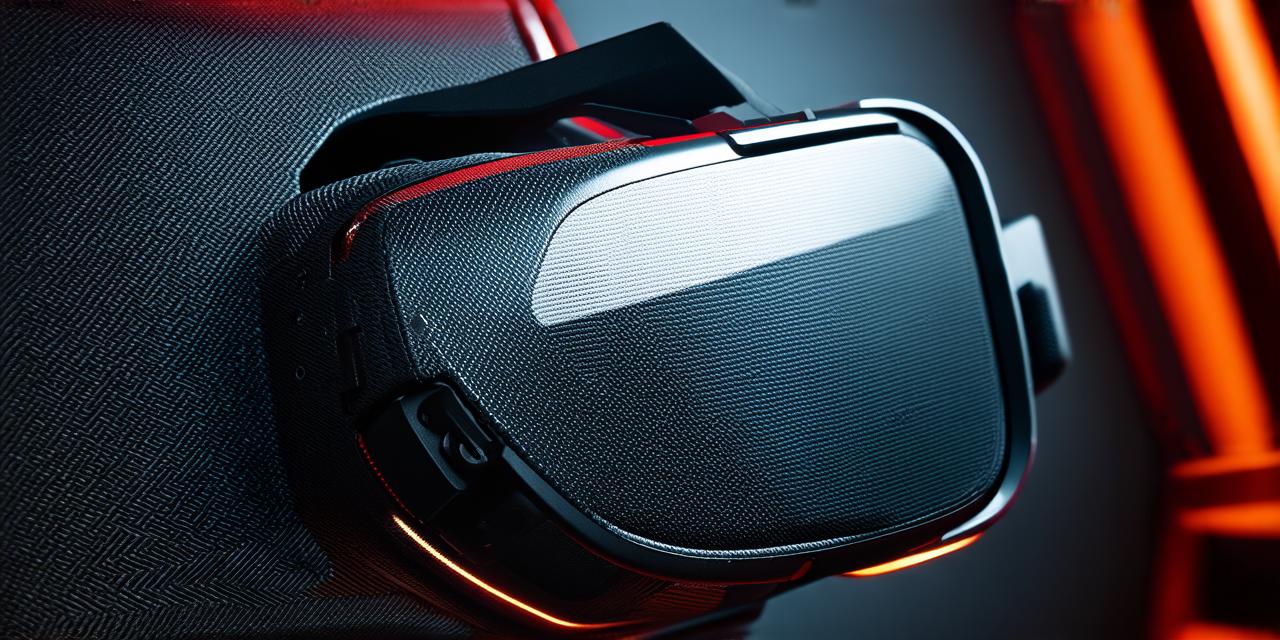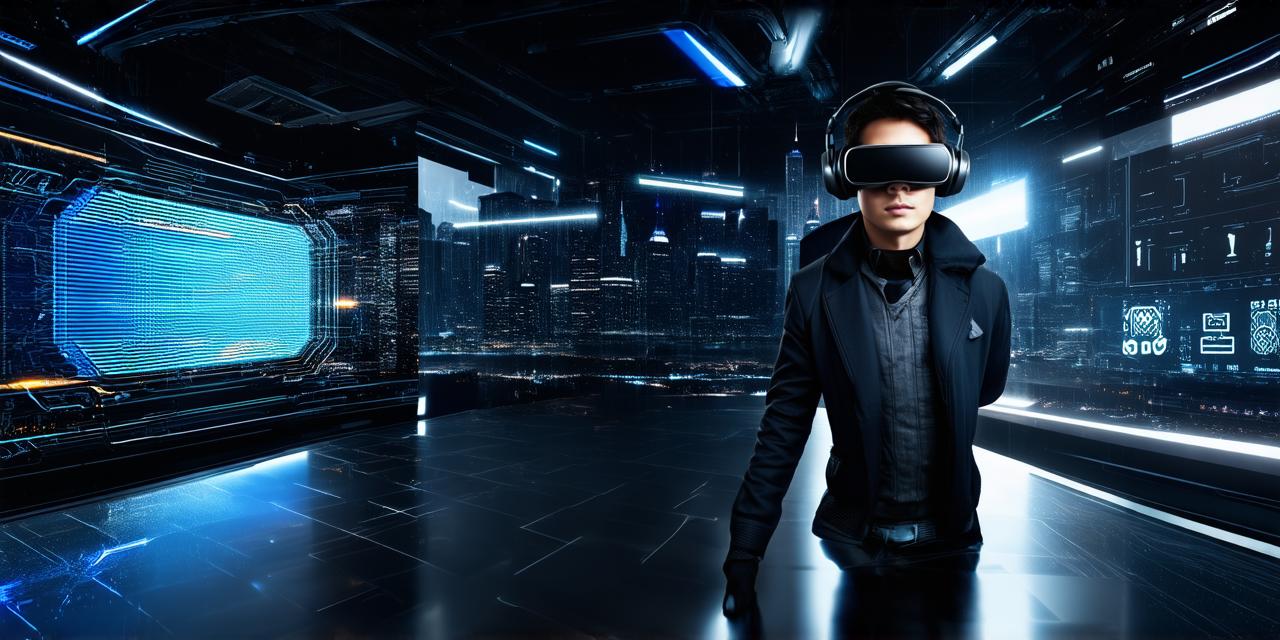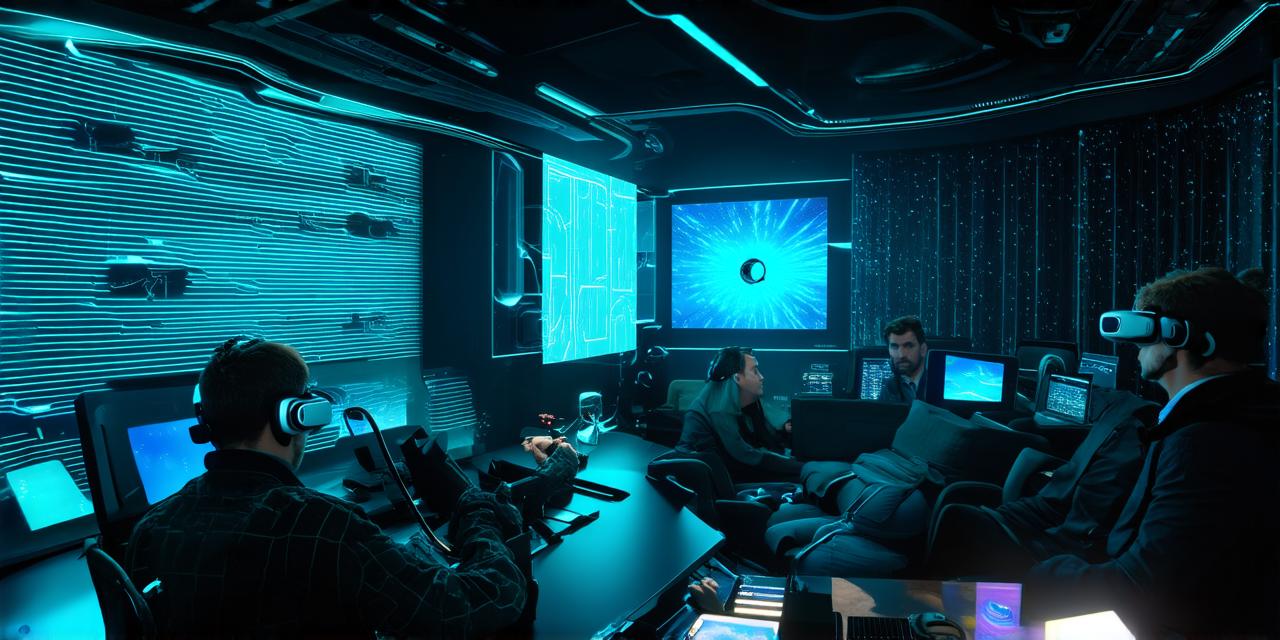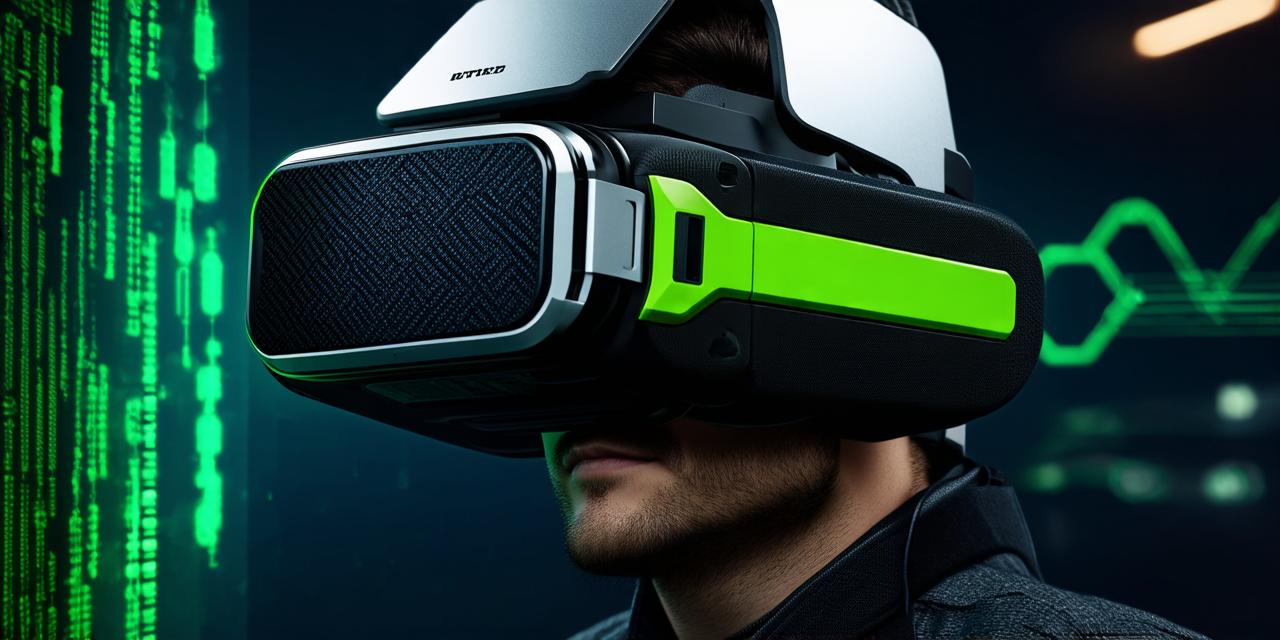Virtual reality technology has been gaining traction in various industries, including product development. Many companies are now using VR to enhance their product design and testing processes. In this article, we will explore some of the benefits of using VR in product development and provide a different perspective on its use.
Benefits of using virtual reality in product development
Virtual reality technology allows designers and developers to simulate the real-world environment and test their products in a controlled environment. This can help them identify and fix potential problems before they are launched. Some of the benefits of using VR in product development include:
- Reduced costs: VR simulations can save companies millions of dollars by eliminating the need for physical prototypes and testing.
- Improved accuracy: VR simulations provide accurate representation of products, allowing designers to test and refine their designs more effectively.
- Faster time-to-market: By using VR technology to design and test products, companies can bring them to market faster.
- Better collaboration: Teams can collaborate more effectively by working together in a virtual environment, regardless of location.
A different perspective on the use of virtual reality in product development
While virtual reality technology has many benefits for product development, some experts argue that it is not always necessary or practical. For example, some products are too complex to be accurately simulated in a virtual environment, and others require physical testing. Additionally, VR technology can be expensive and time-consuming to implement.
Another perspective on the use of virtual reality in product development is that it should not replace traditional methods entirely. Rather, it should be used as a complementary tool to enhance the design and testing process. This means that companies should still conduct physical testing and gather feedback from customers and stakeholders before launching a product.
Summary
Virtual reality technology has many benefits for product development, including reduced costs, improved accuracy, faster time-to-market, and better collaboration. However, it is not always necessary or practical, and companies should use it as a complementary tool rather than replacing traditional methods entirely. By using VR technology in conjunction with other tools and methods, companies can create products that are better designed, tested, and launched.




